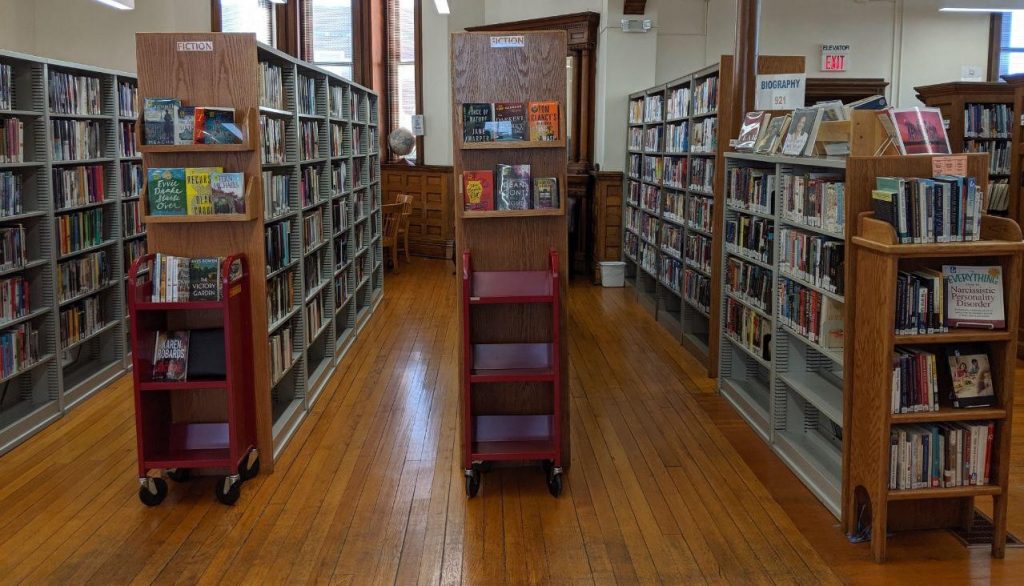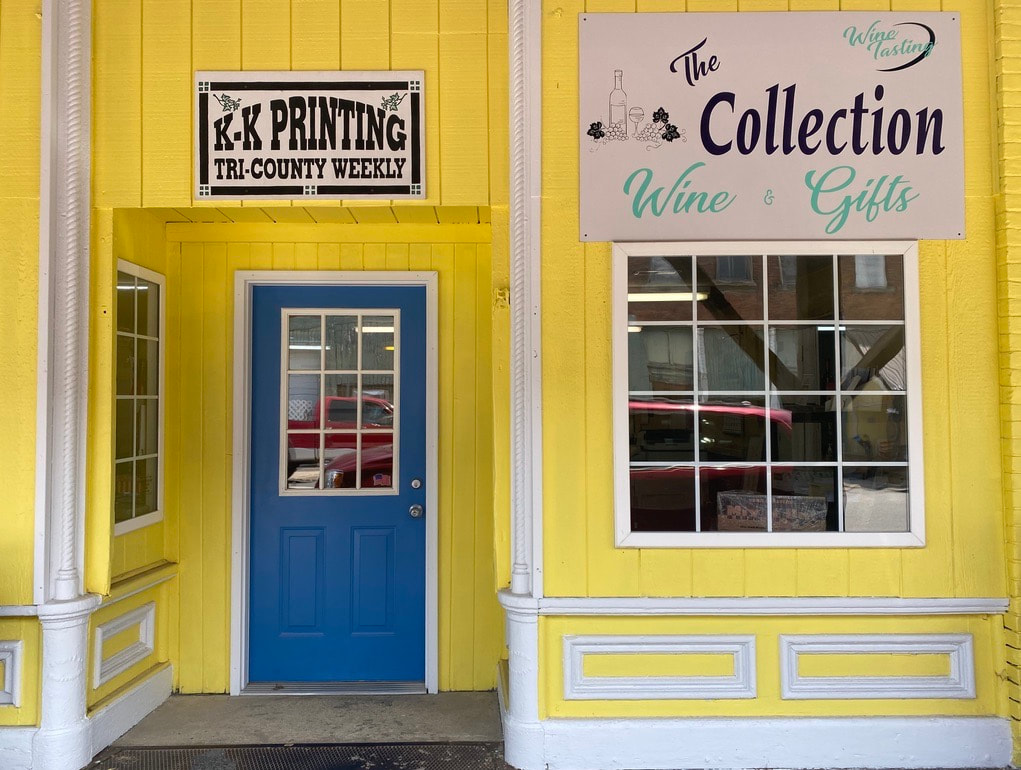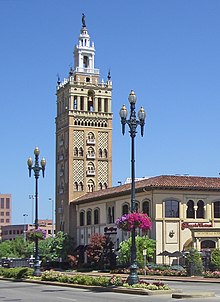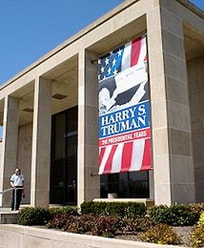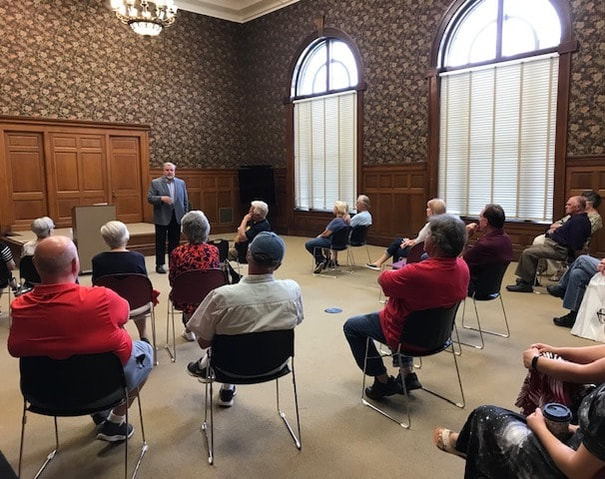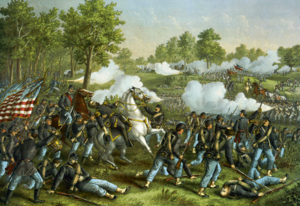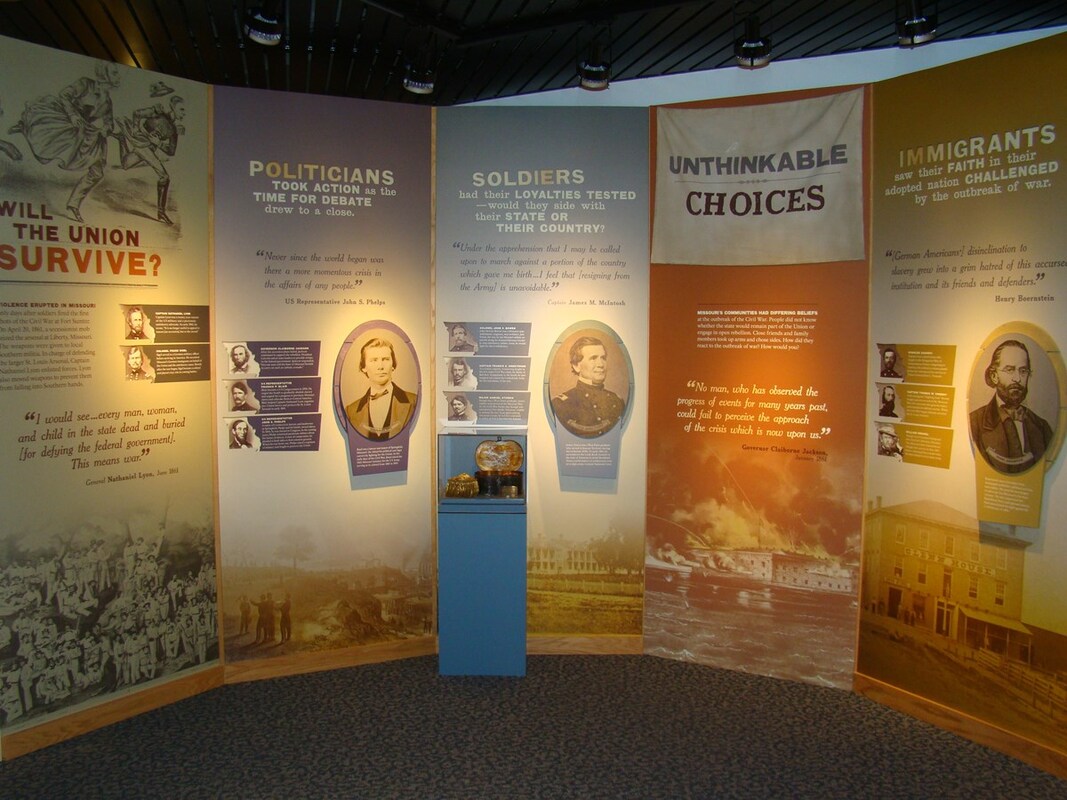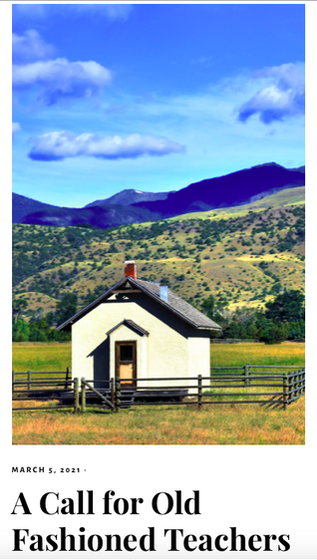|
Our closest "city" is St. Joseph, Missouri, once a rough cow town, the last supply stop on the frontier before the Wild West and the most westerly railroad stop in the U.S. until after the Civil War. Jesse James lived and died here, and if you visit his house, you can see the hole from the very bullet that killed him. Jesse's house is part of the Patee House Museum, one of those Midwest historical mansions full of everything from taxidermy to archeology to Victorian hair wreaths. I've been to the Patee House on school field trips, standing in the entryway with my upper-grade girls, imagining ourselves sweeping down the curved staircase while wearing the lace ballgown from the second-floor display case. My favorite place in St. Jo is the Albrecht-Kemper Art Museum, located in a gorgeous 1930s-era Albrecht mansion. (William Albrecht made at least part of his money by founding a company that produced the Big Chief Tablets used by school kids across the nation.) The most well-known artists featured in the museum are Thomas Hart Benton and Grant Woods (both native Missourians, famous for the Missouri capitol murals and American Gothic, respectively), and Mary Cassatt (The Child's Bath and The Boating Party). One of my favorites is the above Hillside with Olive Trees by William James Glackens. It reminds me of the tuberculosis sanatorium in Romania, housed in an old nobleman's mansion, where we dropped off supplies once a month. While I love the permanent exhibits, what I really look forward to is the huge gallery wall that changes every few months. At least some of the time, each of the employees--from the janitor to the director to the British lady who runs the front desk--each get to choose a painting from storage, and they just collage the whole shebang. Sometimes a theme emerges; sometimes it’s glorious chaos. Another thing I love is the basement rooms, especially the library straight out of a Clue game and the cocktail lounge straight out of The Great Gatsby. In close second place to the art museum is Glore Psychiatric Museum, housed in one of the buildings of the former insane asylum. I might not take an impressionable child through this museum, but it's a fascinating look at how far we've come in dealing with the mentally ill. The most-photographed display is the huge tray of 1446 metal items (nails, pins, recovered during surgery from a patient suffering from pica. There are not many museums of this sort, so it’s worth an exit off the interstate to spend an hour or two. Another reason St. Joseph makes the history books is that one end of the Pony Express was located there. The first rider left St. Jo on April 3, 1860, and the cross-country mail delivery continued until the trans-continental telegraph line was finished on October 24, 1861. I’ve toured the Pony Express Museum as a teacher, on a school field trip. The history of those short months is fascinating.
There are several restaurants and a coffee shop that I highly recommend in St. Joseph, all three worth a trip in their own right, but I’ll save those for another post. Let me know if you've been to any of these locations or if you have other favorite places in St. Joseph. If you're like me, you love hearing about interesting places that might be along your route.
0 Comments
Last summer, I learned about bullet journalling, and now I take my BuJo (how's that for a fun nickname) everywhere with me. A bullet journal isn't a specific journal; it's a specific method, created by digital designer Ryder Carroll. Bulletjounral.com, the official bullet journal website, describes the method as "a mindfulness practice that works like a productivity system" and "a constant process of refinement, reflection, and documentation." The method uses symbols called bullets and something called rapid logging. (Rapid logging) is the language in which the Bullet Journal method is written. Rapid logging involves quickly jotting down information in a concise and structured manner with the use of Bullets. These Bullets add context to an entry, letting you tell at a glance whether an entry is a task, event, or note. -from bulletjournal.com
|
Archives
April 2021
Categories
All
|










